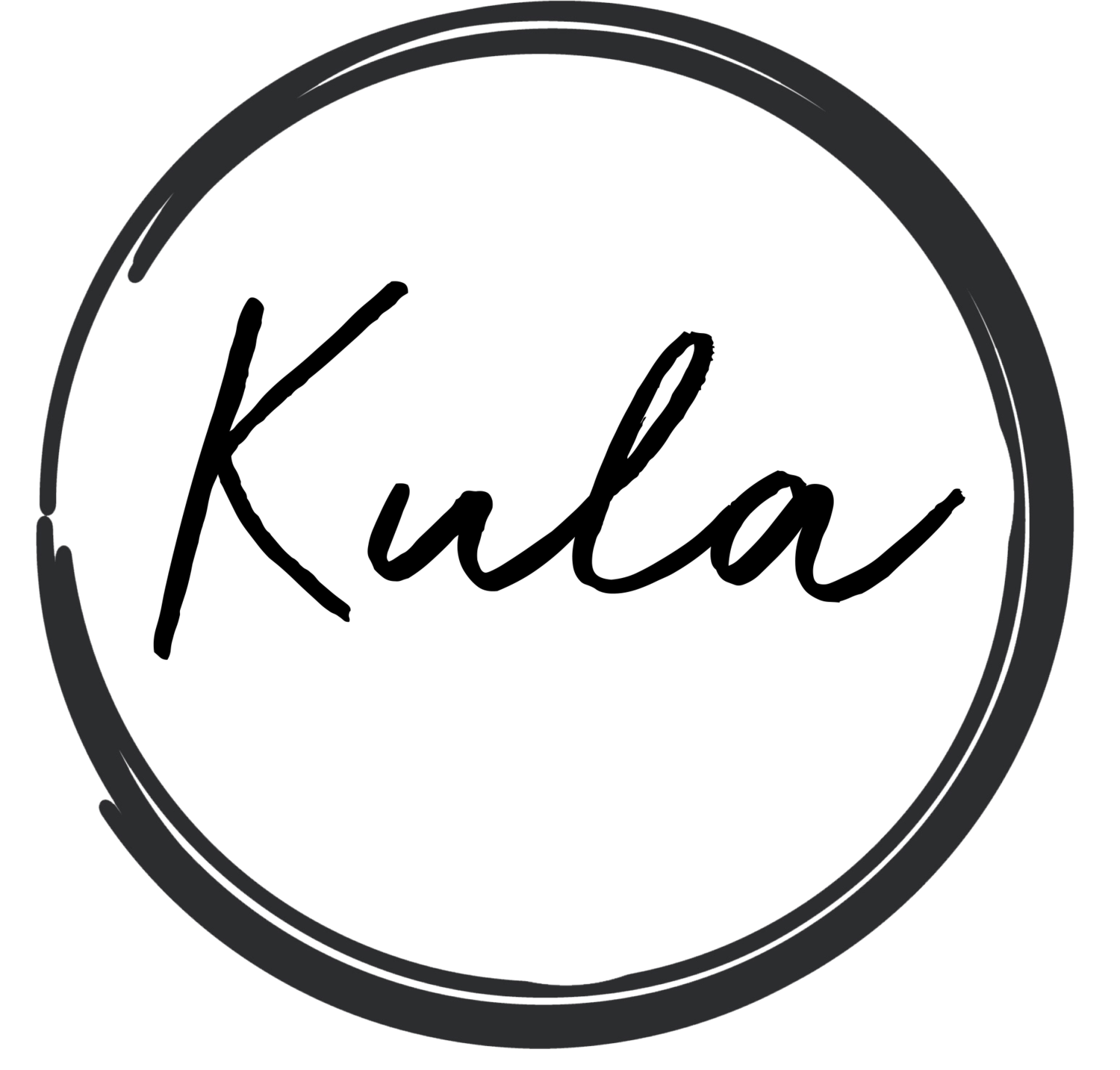What is Obsessive-Compulsive Disorder?
Obsessive-compulsive disorder (OCD) is a mental health condition that involves unwanted thoughts, urges, fears, and images (obsessions), leading to repetitive behaviors (compulsions). For example, someone with OCD might experience a pattern of unwanted thoughts, which drives them to complete compulsive acts to reduce their distress or anxiety. It is important to note that these upsetting thoughts are persistent, even if you try to ignore them. This disorder is characterized by these obsessions and compulsions causing significant distress and impacting one’s daily activities, however, the severity of OCD can vary from mild to disabling.
Symptoms of OCD
While many people picture OCD as people who are “obsessive cleaners” or “germaphobes,” in actuality the symptoms of OCD vary greatly as there are many types and forms of OCD. Some of these subtypes will be listed below, however, some commonalities between all forms of OCD include:
Obsessions: Recurrent and persistent unwanted thoughts, urges, or images that cause distress or anxiety.
One is unable to ignore or suppress these thoughts, despite making attempts to.
Compulsions: Repetitive behaviors or mental acts that the person feels driven to complete in order to ease the anxiety and distress from their obsessions.
These behaviors or mental acts are often not connected to the obsession in a realistic way or are clearly excessive
Most Common Obsessive-Compulsive Subtypes
Contamination OCD
Contamination OCD may be characterized by an individual having an intense fear of contracting an illness or spreading germs and attempting to relieve that fear by engaging in compulsive behaviors.
Possible obsessions include:
Fear of becoming ill or sick
Fear of developing cancer
Fear of contracting an STI
Fear of bodily fluids
Fear of germs, dirt, or toxins
Fear of getting their loved ones sick by spreading germs
Possible compulsions include:
Excessive and repetitive hand washing, showering, or cleaning
Throwing away items the person feels are contaminated
Repeatedly changing clothes
Spending lots of time looking at research on illnesses
Separating items the person deems dirty versus clean
Checking OCD
Checking OCD is characterized by checking-based compulsions, often as a fear of something bad happening if they do not continuously perform their checking rituals.
Possible obsessions include:
Fears about being responsible for making errors
Fears about being responsible for any form of threat to one’s life or property (house break-in, fire, flood, etc.)
Fears of bad behavior
Possible compulsions include:
Repeatedly checking if one’s door is locked
Repeatedly checking if the stove is turned off
Repeatedly checking if they remembered an item before leaving the house
Avoiding behaviors that could increase anxiety about their obsessions (i.e. not ever using the stove)
Seeking reassurance to ensure they have done the correct thing
Replaying events in one’s mind to ensure they did not forget something or do something inappropriate
Repeatedly doing mental checks of certain actions related to their obsessions
Counting OCD
Counting OCD can be characterized by obsessively thinking that something bad will occur if one does not engage in a counting-based compulsion.
Possible obsessions include:
Fear of if one does not count or tap a certain number of times, they, or someone they love, will get hurt
Possible compulsions include:
Completing actions in a predetermined series based on a particular number (i.e. sets of three)
Counting to a specific number repeatedly
Preferring even or odd numbers
Repeating behaviors a certain number of times to avoid “bad” numbers
Harm OCD
Harm OCD can be characterized by intrusive thoughts of harming other people, followed by a compulsion used to relieve one’s distress about these thoughts. These thoughts are unwanted and do not align with the person’s beliefs, values, or character.
Possible obsessions include:
Thoughts or images of hitting someone with your car
Thoughts of being responsible for harming someone and forgetting about it
Thoughts of losing control and harming a loved one
Sudden urges to harm yourself or others
Possible compulsions include:
Mentally checking repeatedly what you did the past week to ensure you did not cause harm
Repeatedly praying to not harm someone
Repeatedly seeking reassurance that you are not dangerous
OCD Treatment
Obsessive-compulsive disorder is primarily treated by medication and/or psychotherapy. In regard to psychotherapy, exposure and response prevention (ERP) is a commonly used therapy modality for treating OCD. ERP is a type of cognitive behavioral therapy (CBT) that focuses on confronting the unwanted thoughts, urges, and images that someone might experience and performing compulsions in order to reduce their anxiety. After addressing these intrusive thoughts and obsessions, the response prevention part of the treatment works on choosing to not complete a compulsive behavior once the obsessions are present. While this often leads to an initial increase in anxiety, treatment helps someone recognize the thoughts cannot hurt them or someone else, and stops the cycle of obsessions and compulsions. This process is certainly challenging, but has been proven to be extremely effective.
If you find that OCD is affecting your quality of life, reach out to a licensed mental health professional to address these concerns.
